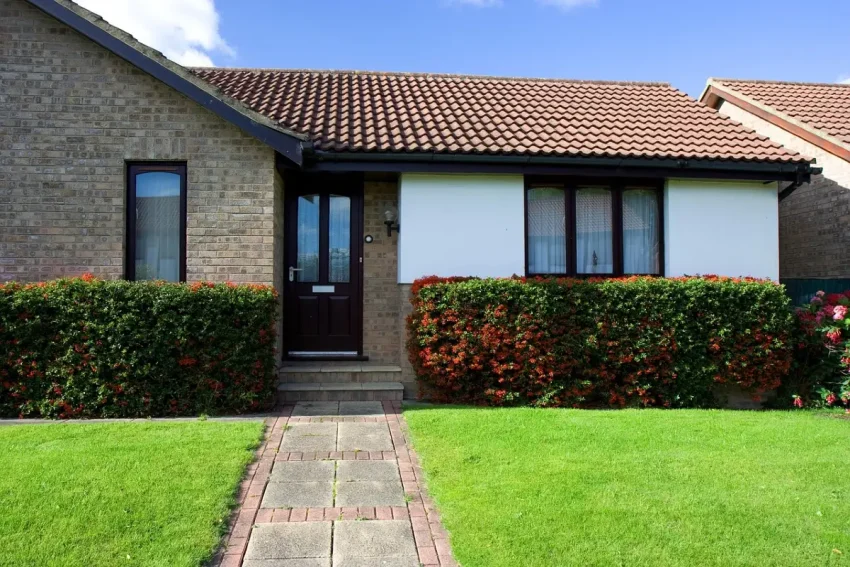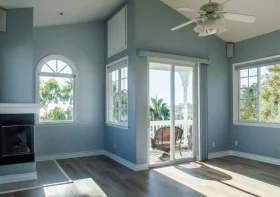Ensuring Safety and Compliance During Residential Roof Replacement

Residential roof replacement is one of the most significant home improvement projects a homeowner can undertake. Whether driven by necessity due to damage or as part of a broader renovation plan, replacing a roof requires careful attention to materials and aesthetics, and also to safety protocols and regulatory compliance.
Ensuring that safety measures are followed and all legal requirements are met is important to protecting the well-being of workers, residents, and the property itself. This blog post will explore the most crucial aspects of maintaining safety and adhering to regulations throughout the roof replacement process, from pre-planning to final inspections.
For homeowners, contractors, and project managers alike, understanding these key elements is vital to a successful and worry-free roofing project.
Contents
Understanding Local Building Codes and Permits
One of the first steps in any roof replacement project is understanding the local building codes and obtaining the necessary permits. Building codes vary by city, county, and state, and they are designed to ensure that construction work meets safety and performance standards.
Before any work begins, homeowners must check with their local building authority to determine what permits are required and what specific codes must be followed. These can include regulations on roof pitch, materials, structural support, and even energy efficiency standards.
Failing to obtain the proper permits can result in fines, delays, and the need to undo completed work. Hiring a licensed contractor who is familiar with local regulations can help streamline this process and ensure that the project starts on the right legal footing.
Choosing a Qualified and Licensed Contractor
Selecting the right contractor for a residential roof replacement is essential to ensure the job is completed safely, legally, and to a high standard. Homeowners should verify that any contractor under consideration holds the appropriate licenses and carries both liability and workers’ compensation insurance.
This protects the contractor’s crew and shields the homeowner from potential legal issues if an accident occurs. It’s also wise to look for professionals with proven expertise, like certified GAF roof contractors who have undergone specific training and meet established industry standards.
Doing this due diligence upfront reduces the risk of complications later and helps ensure a smoother, more reliable roofing experience.
Implementing Site Safety Protocols
Ensuring the safety of workers and residents during roof replacement begins with implementing site-specific safety protocols. Contractors must conduct risk assessments and create a comprehensive safety plan that includes fall protection measures, the use of personal protective equipment (PPE), and safe access to the roof.
Guardrails, harnesses, safety nets, and ladder stabilizers are commonly used tools to prevent falls, which are among the leading causes of injury in roofing projects. The work area should be marked and cordoned off to keep unauthorized persons away.
Communication among workers is crucial, and regular safety briefings can help maintain a culture of awareness and caution. These proactive measures help prevent injuries and ensure compliance with Occupational Safety and Health Administration (OSHA) standards.
Proper Disposal of Old Roofing Materials
Roof replacement generates a significant amount of waste, including old shingles, underlayment, nails, and other debris. Proper disposal of these materials is an environmental responsibility and a legal requirement in many areas.
Contractors should use dumpsters or trailers to collect waste and ensure it is transported to approved recycling or disposal facilities. Some materials, like asphalt shingles, can be recycled into road-paving materials, reducing the environmental impact of the project.
Failure to dispose of waste properly can result in fines and negatively impact the community. Homeowners should confirm with their contractors that waste management plans are in place and that all disposal will be handled by local laws and best practices.
Scheduling Inspections and Final Approvals
Throughout the roof replacement process, periodic inspections may be required to ensure the work meets building codes and safety standards. These inspections are typically conducted by local building officials and may occur at various stages of the project, from initial tear-off to the final installation.
Scheduling these inspections promptly is crucial to avoiding project delays and ensuring that the work can progress smoothly. Final approval from the local authority confirms that the roof replacement has been completed to code and is safe for occupancy.
Homeowners should work closely with their contractors to coordinate inspection schedules and address any issues identified during the process to avoid costly rework or compliance issues.
A residential roof replacement is a complex undertaking that requires more than just construction skills. It demands a vigilant approach to safety and legal compliance. From understanding building codes and hiring qualified professionals to managing waste and educating homeowners, each step plays a vital role in the project’s overall success.
By prioritizing these critical factors, homeowners can enjoy the peace of mind that comes with a secure, compliant, and long-lasting roof.



